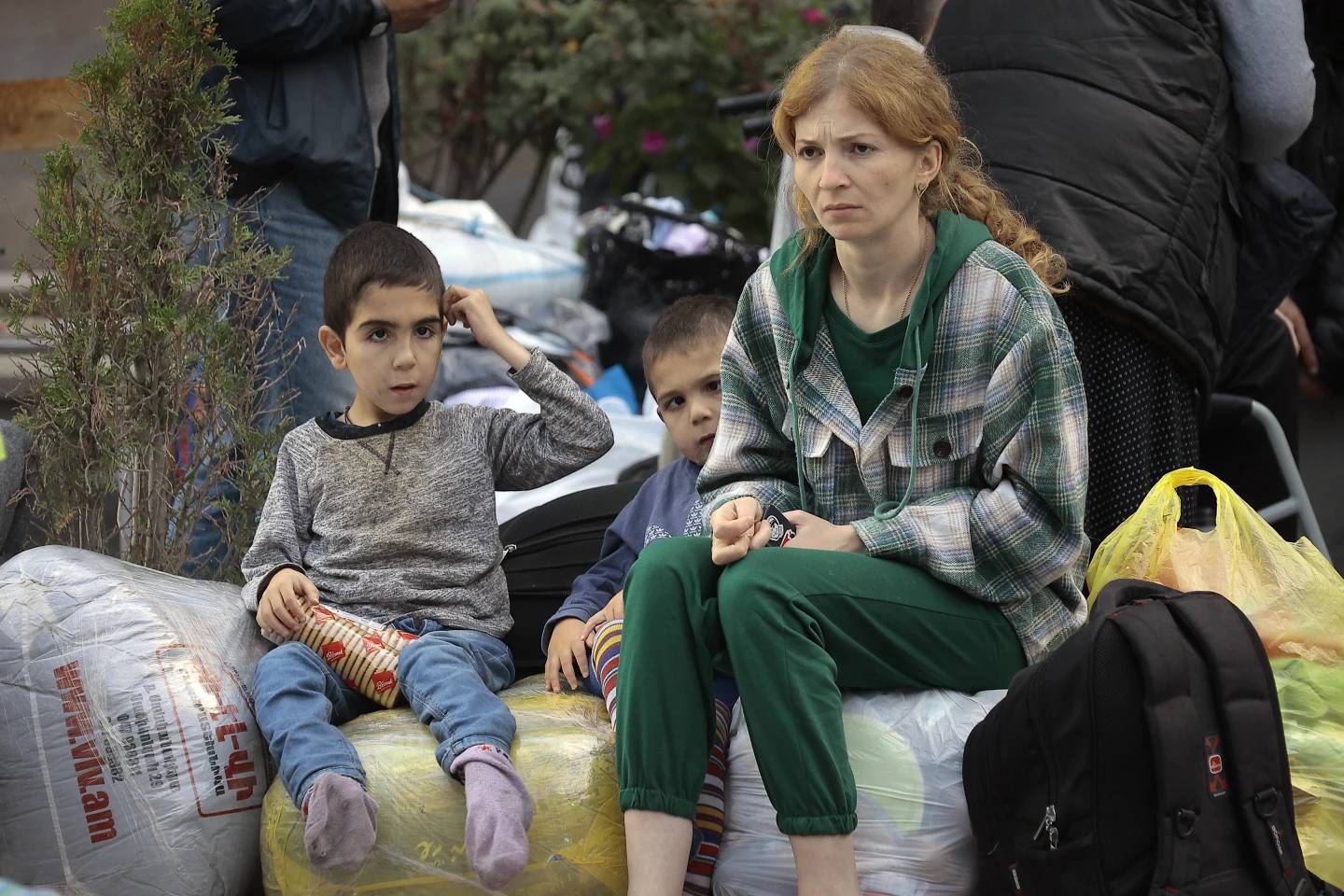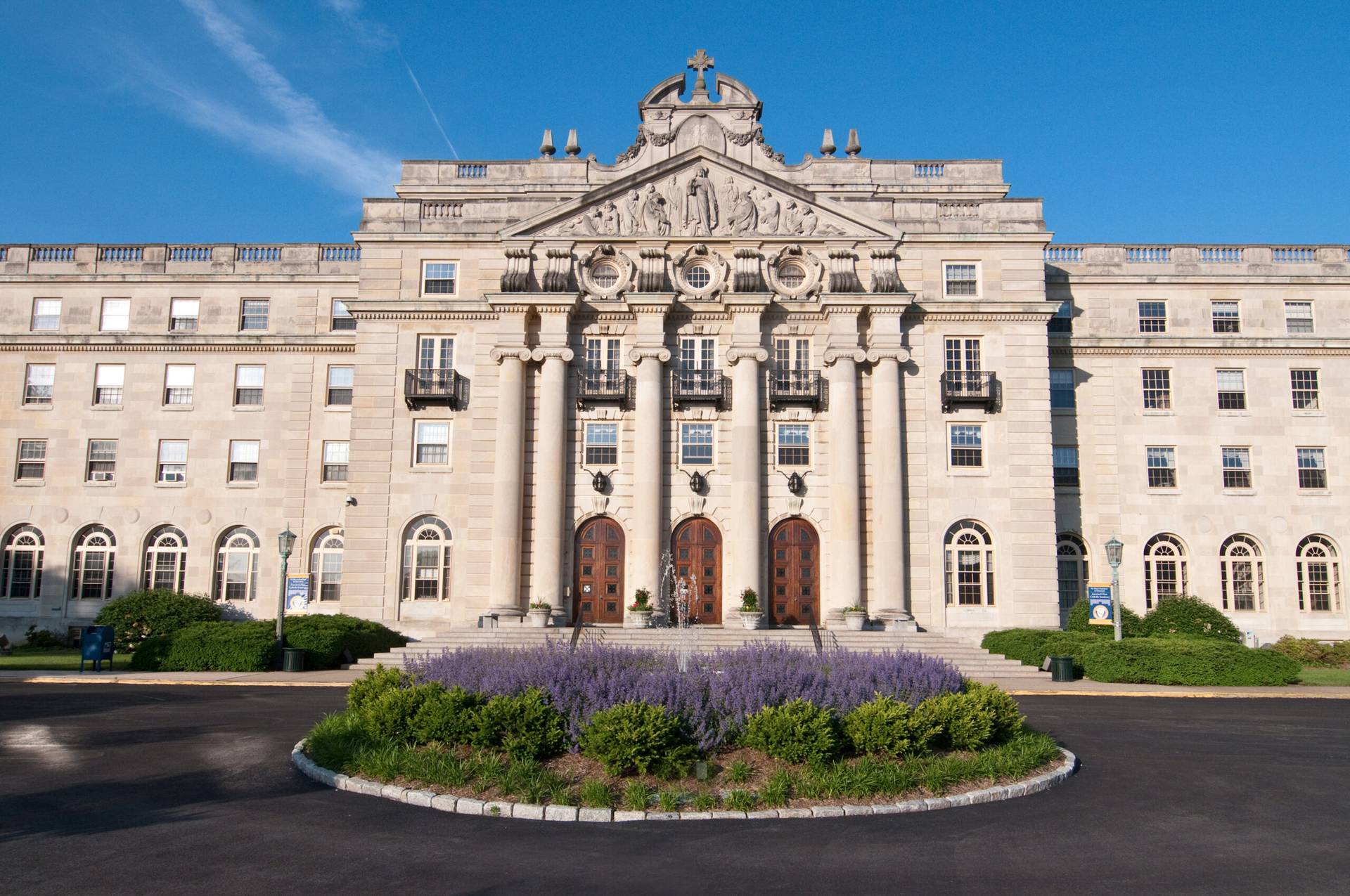While there’s plenty of time for things to change between now and Nov. 8, most polls at the moment seem to suggest that Hillary Clinton has a less complicated path to the presidency than Donald Trump, especially in terms of the electoral college map.
In a political season in which the formerly inconceivable has become the new normal, however, predictions of any sort probably ought to be taken with a grain of salt.
Here’s something that’s not a prediction, but an established fact: No matter what happens, this is among the most turbulent and improbable elections in American history. Either we’re going to elect our first female commander-in-chief, with a record on social issues regarded by a broad swath of the country as anathema, or a populist tycoon and TV personality seen by an equally large chunk of the population as staggeringly unsuited to lead.
All this has to be teaching us something about where things stand in America in the early 21st century. Exactly what those lessons are will be dissected and debated for some time, no matter what happens two months from now, but already at least three points seem reasonably clear.
Seen through Catholic eyes, each seems to suggest serious challenges, but also that the Church in America has a fairly unique potential to make a difference.
Divisions run deep
It’s hardly new that there are deep divisions in America, but a striking aspect of the 2016 campaign is that it suggests just how profound the estrangement has become.
On one side, many conservative Americans will side reluctantly with Trump on the basis that they find voting for Clinton and what they perceive her to represent utterly inconceivable. The same, of course, will be true of many Clinton voters vis-à-vis Trump.
In other words, the election probably will be decided less by what people are voting for, than by what they’re against.
In such a polarized culture, the remarkable thing about the Catholic Church is that it’s one of the few national institutions that contains large populations of people on all sides, and whose senior leadership reflects widely differing temperaments and options.
Conservatives, for instance, see figures such as Philadelphia’s Archbishop Charles Chaput as heroes, while liberals have been cheered by the rise of Chicago’s Archbishop Blase Cupich. Centrists, to the extent such an animal still exists in American life, have Cardinal Donald Wuerl of Washington as a point of reference.
In other words, the Church has an interlocutor for pretty much everyone, which positions it to be one of the lone venues in which a post-election conversation about how to move forward could occur.
The Hispanic factor
If Trump loses, the consensus undoubtedly will be that his deep unpopularity among Hispanics was a key factor. If he wins, pundits will say that convincing Hispanics he wants to be their president too is among his immediate challenges.
Those reactions reflect the growing importance of the Hispanic constituency in American life, driven by reasons both demographic (i.e., immigration and differing birth rates) and also socio-economic (the emergence of a strong Hispanic middle class.)
In broad strokes, that’s good news for the Catholic bishops in America, who over the last few decades have positioned themselves as champions of immigrants and ethnic minorities, especially Hispanics – in part out of genuine moral conviction, and in part for the simple reason that Hispanics are disproportionately Catholic and, as pastors, bishops can’t help but be attentive to their concerns.
The rise of the Hispanic factor thus suggests a future in which the Catholic Church and its leadership in America will be increasingly relevant. With that power, of course, will come commensurate responsibility and expectations.
Metastasizing rage
Rage against the machine has been perhaps the single dominant storyline about America in 2016, from the spate of police shootings over the summer of African-Americans fomenting perceptions of bias, to working-class white resentment over jobs and cultural shifts that often form the basis of Trump’s appeal.
All this, of course, is exacerbated by the explosion of social media and the culture of insta-attack, of demeaning and demonizing people with whom one disagrees, it often seems to foster.
Auxiliary Bishop Robert Barron of Los Angeles recently told me that he believes the rise of social media is the most important communications revolution since the printing press, bigger even than radio and television, because of the way it’s changing how people interact – and the 2016 campaign would seem to confirm that it’s not always an unmixed blessing.
The thing about anger is that it’s not only a political stance. It’s an emotional and psychological reaction, which suggests that it can’t be entirely addressed merely by policy responses. It also requires healing on a deeper and more intimate level, which tends to be the realm not of politicians and pundits, but of pastors of souls.
Catholicism, because it speaks the languages of virtually all the various angry parties out there – whether those languages are metaphorical, reflecting different ideologies and socio-economic situations, or actual, such as the distinction between English and Spanish – may have the country’s pastoral corps best positioned to address our rapidly metastasizing rage.
No matter who wins, the dynamics of the 2016 race undeniably illustrate some worrying trends in American life. Yet they also suggest that if Catholicism can deploy its resources wisely, it has a fairly unique chance to be in America that “expert in humanity” Pope Paul VI long ago said it aspires to be for the whole world.















